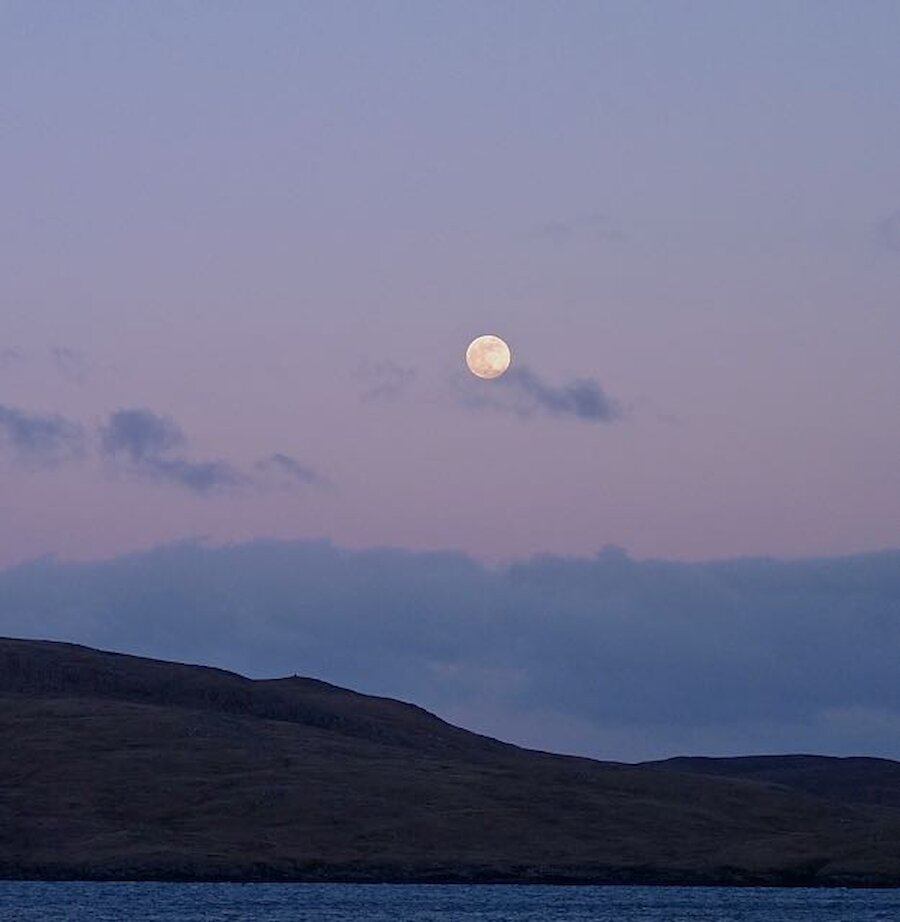It was almost two years ago that the Glasgow-based professional photographer Kieran Dodds published an extraordinary piece in our own 60 North Magazine entitled The Power of iPhone Photography. In it he described and illustrated a three-week trip to Shetland during which he used his ‘pro’ cameras only to ‘sketch out what I thought I was seeing’, but would ‘unthinkingly, take out my iPhone and inevitably end up with the best picture’. The results, all taken on a now-obsolete iPhone 6, are wonderful.
Kieran was armed, it should be said, not just with the eye of an award-winning pro snapper, but a camper van, which, as he puts it, ‘forces you to see the landscape with fresh eyes’. And he adds ‘There is something in the simplicity of function of a phone that allows the photographer to look. That’s the difference. We stop fiddling with our buttons on the back and we look.’
Now, I have to admit to being an unregenerate gadgeteer. From early-adoption of portable ‘tablet’ computers (I went from a Tandy 102 through a Psion Organiser to a complete Apple Newton leather-encased outfit at one point in the early 1990s) to obsessing over mobile phones (Motorola DynaTac ’brick’? Had one of those), I remain fascinated by...stuff. And don’t even get me started on hi-fi equipment.





